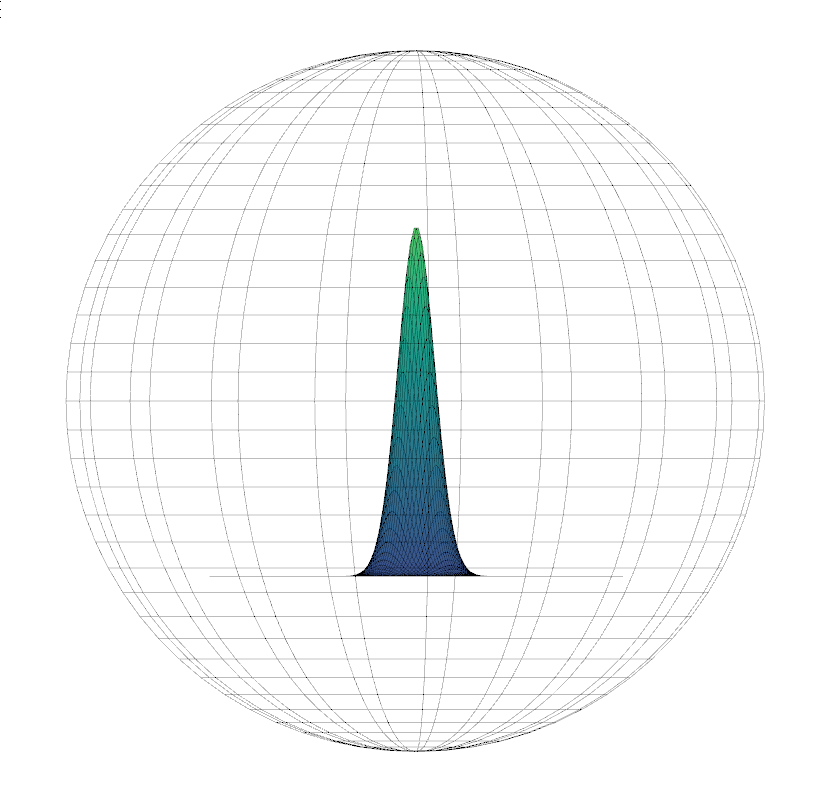고정 헤더 영역
상세 컨텐츠
본문
Author Message KS Raghavan Guest Posted: Fri Apr 29, 2005 6:15 am Hello all, I just discovered that the stess-strain plots that is obtained for cyclic loading of a structure with isotropic hardening option (MISO / BISO) are highly unrealistic. I wish to know: 1. Is isotropic hardening option of academic interest only? Is there any material that is known to be obeying isotropic hardening law? K.
CEO/co-founder @Isotropix, co-author of #ClarisseiFX, former frustrated CG Artist. Big VFX fan specially. Make sure you watch our latest tutorial! Also a scanning technique can be applied on the image gathers. The isotropic velocities are given by the hyperbolic approximation while the residual move-out (fourth order term correction) on the far offsets, expressed by a hockey stick effect, is due to the anisotropy. View full topic index.
RAGHAVAN, Discipline Chief, Structures, InfoTech Enterprises Ltd., Madhapur, HYDERABAD, 500 033, India Tel: 91 - 40 - 2311 1473 email: -email address suppressed- Post generated using Mail2Forum (rick.fischer Guest Posted: Fri Apr 29, 2005 6:26 am Why are you using isotropic hardening with cyclic loading?!! You might want to RTFM.
Ted68 wrote:The only instance where the clearance may increase would be a gear set. On a crankshaft the bearing clearance is set by the builder. In the valve train there is either the predetermined lash setting or constant contact in a hydraulic system.
How does this compare in practice to dry film lubricants? In theory gears could also be cut to maintain the same tooth clearance.

It depends on the accuracy of the machinery, which is fine of course at the top level but difficult for ordinary machine shops. I am unsure also on the availability of shell bearings of the required over sizes in the limited quantities. Very costly and not a big enough improvement in most applications.
Of course at the top end a good machine shop could machine accurately enough to bring the journal size to accept available sizes. In my experience dry film lubricants are only of use for assembly and light load use. For a big V8,the main problem I remember is the large volume in the oil system of the engine that results in semi dry bearings unless proper attention is given to high volume supply at start up as well as during running at high power output. To many bits wizzing round in a big eight to gain much from slightly more efficient bearings. Of course it does depend on the level of modification and tune the engine is up to. Years ago I used to use Vandevell shells in lead indium and close up the clearence by half a thou so as to hold oil better.
The reverse on big piston couple of thou extra on the fit with teflon buttons on the skirts and as few rings as possible and non on the skirts. Had some demon perfect circle rings at one time. O ringed head fit of course, upping compression or supercharging takes the power way up on those agricultural yank motors and a high nitro mix plays havoc with those rubbish standard head gaskets.
Isotropix.com View Topic We May Be Different
Rushman3208, A reduced surface roughness value on your crank journals will not likely benefit your diesel tractor pull engine. Superfinished journal surfaces help in two respects. First, they experience less wear under start-up conditions when there are low speeds and marginal lubrication present at the crank journal surfaces. Second, ISF helps with fatigue life if there are very high tensile stresses at the surfaces of your crank's rod and main journals. Neither of these should be a concern with your particular application.
As for bearing clearances, these are established based on the cooling oil flow requirements of the journal bearing shells. The only benefit to reducing bearing clearances below the factory limits is that the oil pump flow requirements will be slightly less.
But the downside is that there will be less oil cooling at the bearing shells, and they will likely overheat and fail in fatigue if the engine power is increased. The dimensional difference between a normal crank journal surface and one that has been ISF'd is about 0.000005 inch.




